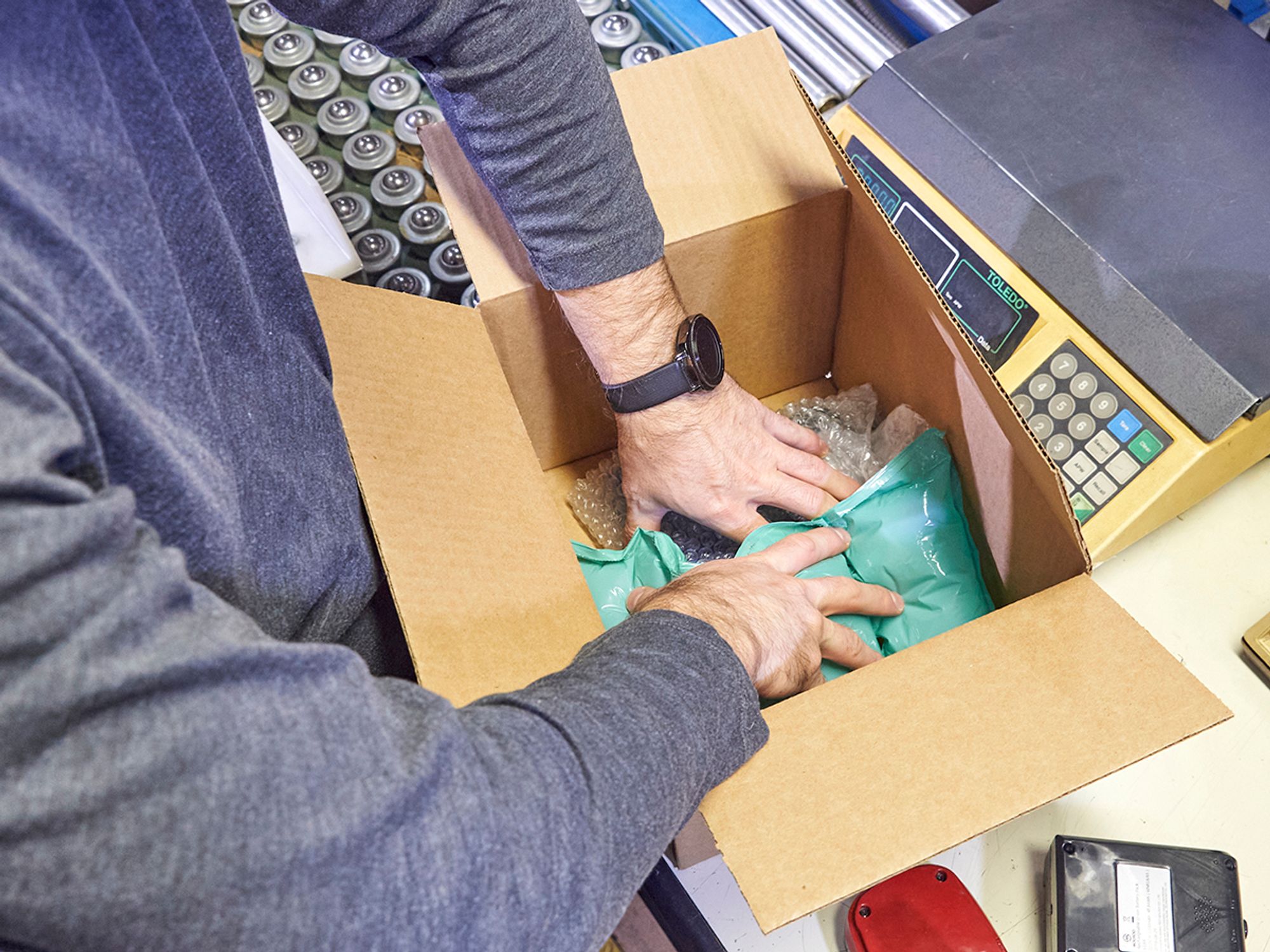Closing, venting, and filling packagings

- Closures, venting, and outage and filling limits are regulated when transporting hazardous materials.
- Additional requirements apply to packages offered or intended for transportation by aircraft.
Closures
Closures must be designed and closed that under conditions such as changes in temperature, pressure, and vibration which are normally encountered in transportation:
- There is no identifiable release of hazardous materials to the environment from the opening of the closure, except as otherwise provided for in the Hazardous Materials Regulations (HMR); and
- The closure remains secure and leakproof.
A closure, including gaskets or other closure components, if any, used on a specification packaging must conform to all applicable requirements of the specification, except as otherwise provided in the HMR.
Venting
Venting of packagings, to reduce internal pressure which may develop by the evolution of gas from the contents, is permitted only when:
- Transportation by aircraft is not involved;
- The evolved gases are not poisonous, likely to create a flammable mixture with air, or be asphyxiant under normal conditions of transportation, except as otherwise provided in the HMR;
- The packaging is designed to preclude an unintentional release of hazardous materials from the receptacle; and
- For shipments in bulk packagings, other than intermediate bulk containers (IBCs), venting is authorized for the specific hazardous material by a special provision in the Section 172.101 Hazardous Materials Transportation (HMT) or by the applicable bulk packaging specification in Part 178 of the HMR.
IBCs may be vented when required and must be of a type that has successfully passed applicable design qualification tests with no release of hazmat.
Outage and filling limits
When filling packagings and receptacles for liquids, sufficient ullage (outage) must be left to ensure that neither leakage nor permanent distortion of the packaging or receptacle will occur as a result of an expansion of the liquid caused by temperatures likely to be encountered during transportation.
Requirements for outage and filling limits for non-bulk and bulk packagings are specified in Section 173.24a(d) and 173.24b(a), respectively.
Filling limits for compressed gases and cryogenic liquids are specified in Section 173.301 through 173.306 for cylinders and 173.314 through 173.319 for bulk packagings.
Air transportation
Packages offered or intended for transportation by aircraft are subject to requirements additional to those of other modes of transport and must conform to the general requirements for transportation by aircraft in 173.27.
Additional information concerning packaging requirements for preparation of hazardous materials are found in other sections of the HMR.
- Forbidden materials and packages are discussed in Section 173.21.
- Use of tank cars is discussed in Section 173.31.
- Requirements for use of Specification IM portable tanks are discussed in Section 173.32. Approval of Specification IM portable tanks is in 178.273.
- Hazardous materials in cargo tank motor vehicles are discussed in Section 173.33.
- Packaging requirements for poisonous materials required to be packaged in cylinders in detailed in Section 173.40.
- Hazardous materials in intermediate bulk containers are discussed in Section 173.35.
